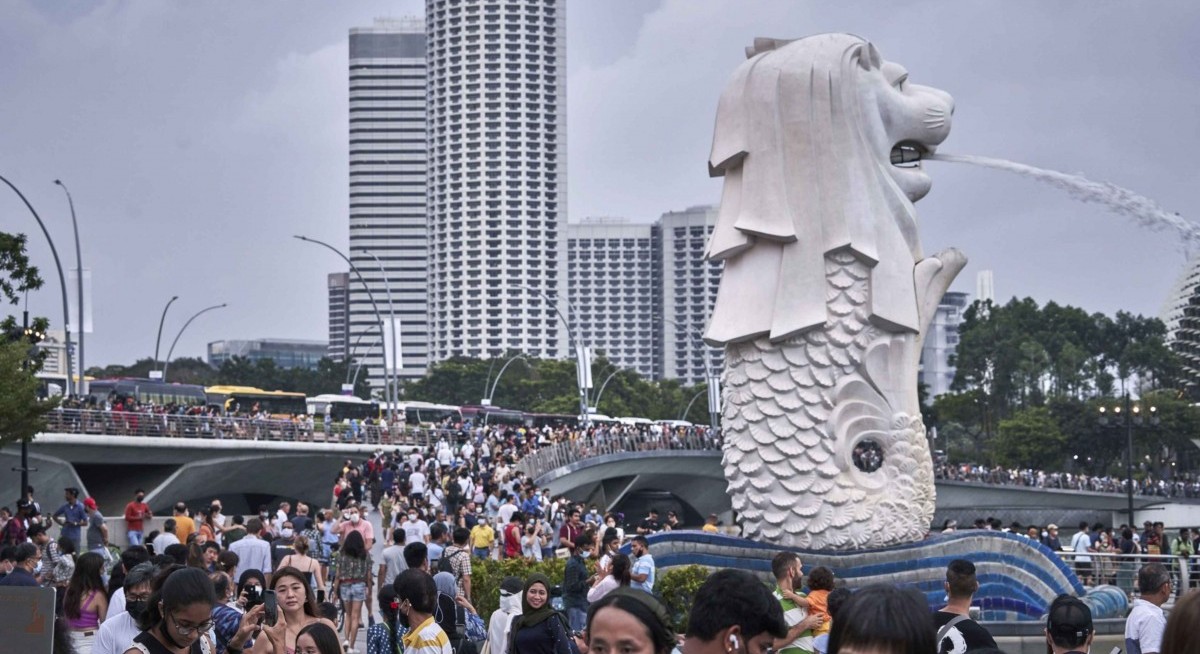However, Gan expects growth momentum to moderate to around 2.0% y-o-y in 4Q2025.
“The moderation is primarily attributed to weaker external demand, driven by US tariff measures alongside persistent softness in the manufacturing sector, which is likely to continue to weigh on the overall growth towards the year-end,” writes Gan in an Oct 14 report.
He remains cautious on Singapore’s trade outlook amid lingering US–China tariff tensions, new sector-specific tariffs, including pharmaceuticals and semiconductors and a likely payback effect from front-loaded exports in 1H2025.
With the 10% baseline tariff on Singapore’s exports unchanged and sector-specific risks persisting, Gan expects trade momentum to weaken in 2H2025 as inventories normalise and external demand softens.
See also: PhillipCapital's Lim maintains 'buy' call on Zixin Group but cuts target price to 5.5 cents
Moreover, the strong growth recorded in 4Q2024 (of 5.0% y-o-y growth) creates a high base of comparison, which could lead to a slower headline growth rate in 4Q2025, says Gan.
“This base effect, coupled with moderating external demand and softer manufacturing output, is likely to weigh on Singapore’s GDP growth trajectory heading into the final quarter of 2025,” he adds.
The Singapore economy expanded at 3.9% from 1Q2025 to 3Q2025. Gan expects Singapore’s GDP growth to average around 2.5% in 2H2025, slowing down from a stronger-than-expected 4.3% y-o-y in 1H2025.
See also: SAC Capital initiates coverage on Reclaims Global with ‘buy’ call and target price of 49.7 cents
MAS policy stance unlikely to change
Along with the 3Q2025 print, the Monetary Authority of Singapore (MAS) announced that it will maintain the prevailing rate of appreciation of the Singapore dollar nominal effective exchange rate (S$NEER) in October.
The central bank did the same in July, but eased its monetary policy in January and April this year.
Gan interprets MAS’s decision to maintain its current policy stance as keeping the S$NEER on a 0.5% appreciation gradient within a 2.0% band.
He expects MAS to keep its policy parameters unchanged through 1H2026.
“The central bank’s decision to maintain its current policy stance reflects confidence in the economy’s resilience, even as growth momentum is expected to moderate ahead. Uncertainty over the economic outlook has eased slightly following recent US trade deals, but MAS remains cautious of risks from new or higher tariffs and potential renewed trade tensions,” says Gan.
MAS expects core inflation of 0.5% this year, at the lower end of its previous 0.5%-1.5% forecast range. It expects core inflation in the 0.5%-1.5% range in 2026.
Meanwhile, headline inflation is expected to average between 0.5%-1.0% in 2025 and 0.5%-1.5% in 2026.




